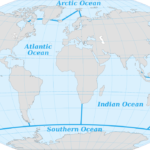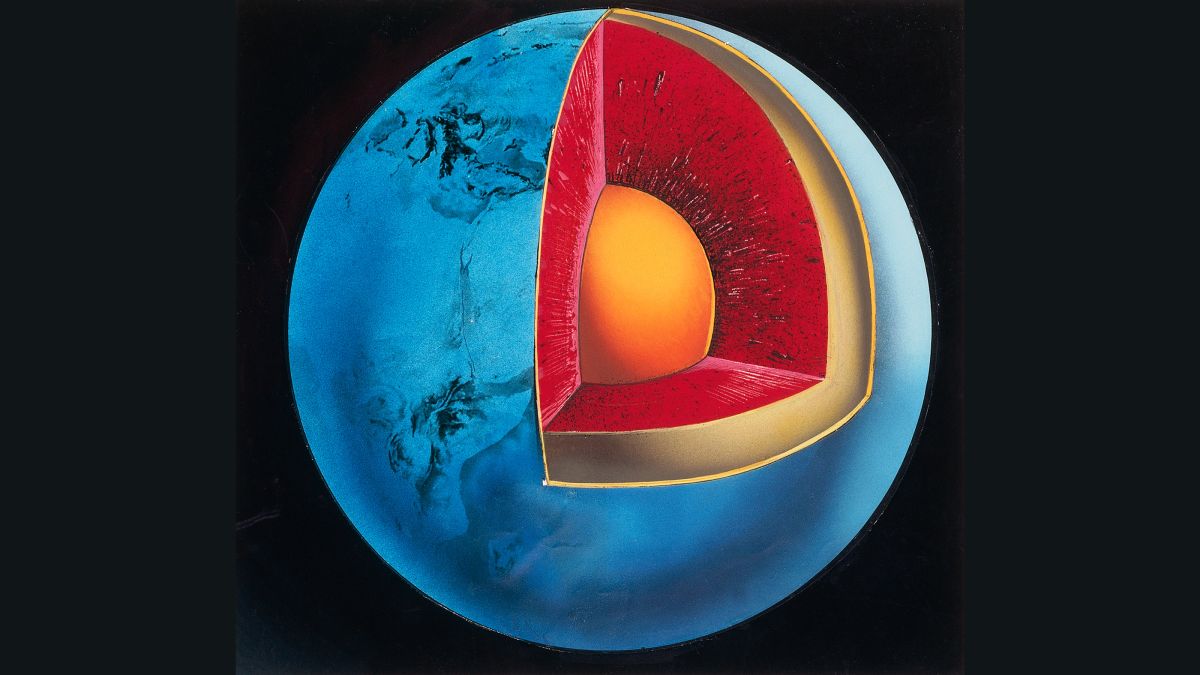The ocean can extend in some places down to depths of several miles, or kilometers. However, most of the action takes place in the first couple hundred feet, or meters. Below this depth it is too dark, cold and murky for much to happen. Across the entire planet, the Earth’s oceans are believed to be basically the same below the first couple hundred feet, or meters.
Above this depth, where sunlight reaches, the traits found change dramatically from one location to another. Characteristics such as temperature, turbulence, and salinity (the amount of salt) can be very different from location to location.
The Ocean’s Salinity
As discussed earlier in this chapter, one of the important characteristics of water is that it is a superb solvent. This means that other substances, such as minerals, can dissolve quickly and easily into it.
The ocean contains a soup of the many different minerals found across the surface of the Earth, all dissolved into the water. These minerals make up about 3.5% of the total volume of the Earth’s oceans.
By far, the most common mineral found dissolved in sea water is salt. Have you ever tasted ocean water? What does it taste like? Because salt is the most common mineral in the waters of the oceans, it is no surprise that the ocean tastes salty.
The amount of salt dissolved in the waters of the Earth’s oceans, or the salinity of the oceans, can vary greatly from location to location. This salinity is dependent on two important factors. Firstly, the amount of evaporation taking place; and secondly, the amount of fresh water being added.
As water evaporates, it leaves the salts and other minerals behind. This causes the water left behind to be more salty. As fresh water is added, either via rivers or via rainfall, the salinity of the ocean in a particular location is decreased.
Ocean Temperatures
As one would expect, the further you travel from the Equator, the colder the ocean waters generally become. Near the Equator, surface water temperatures can be as high as 80° Fahrenheit (27° Celsius). Near the poles, the temperature drops to a chilly 28° Fahrenheit (-2° Celsius).
The western side of oceans are usually warmer than the eastern side. This is due to the way in which both the atmospheric and oceanic currents move water from the equator towards the poles on the western side of oceans, and from the poles towards the equator on the eastern side of oceans.






